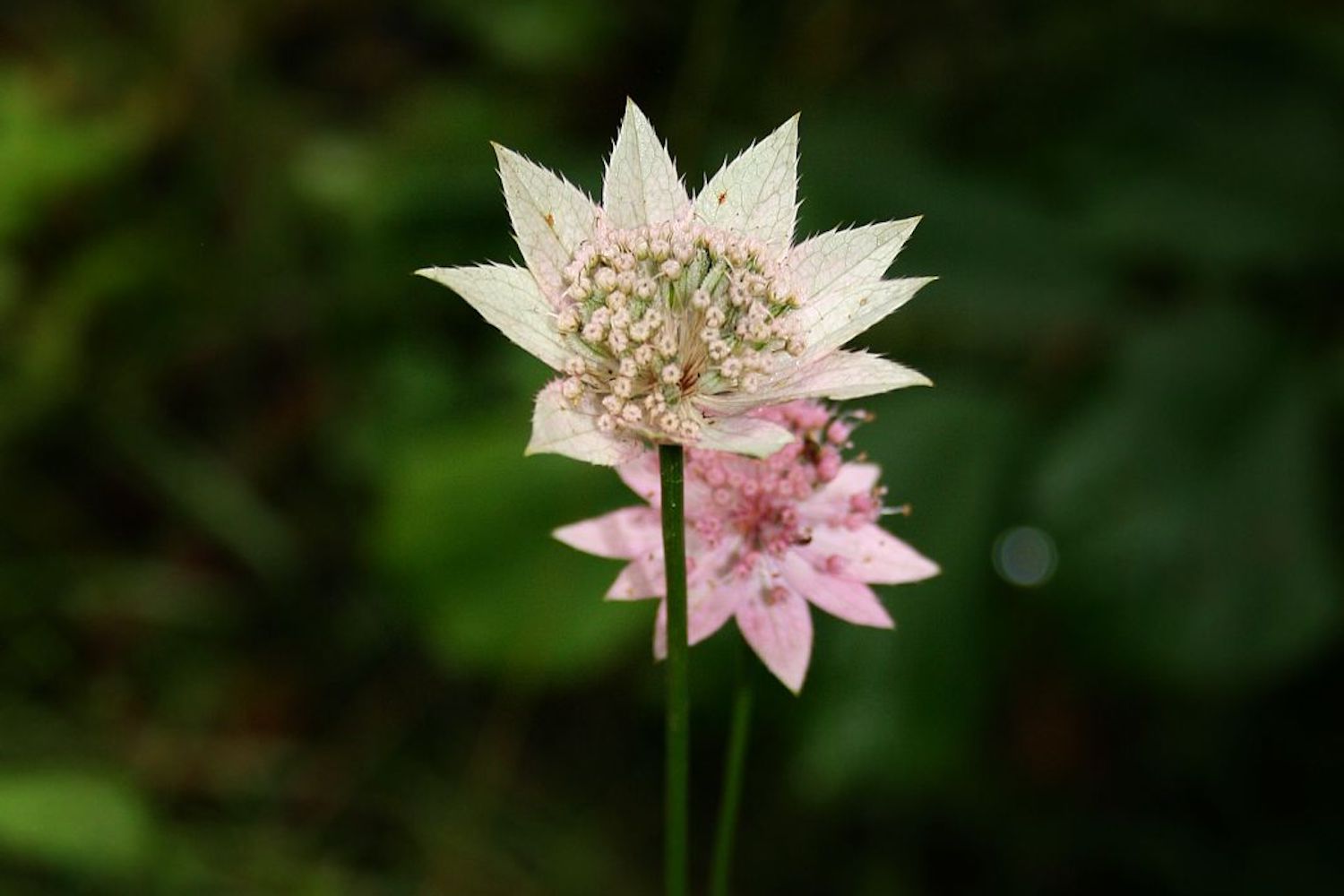Astrantia maxima
Approx. 0.5 litre pot
About this cultivar:
Astrantia maxima is basically a bigger Astrantia, as the name suggests. The flower heads can be a bit bigger, however unlike most of our other Astrantia we grow this one is not sterile and will likely set seed (will flower for a shorter time as a consequence). So in the garden this means lovely large pale pink flower heads that may start to seed and appear in surprise places!
Has the Royal Horticultural Society Award of Garden Merit (RHS AGM).
Some side notes:
It was found by botanist Peter Simon Pallas in 1790 and was first published and described by Pallas in 1793. Peter Simon Pallas FRS FRSE (22 September 1741 – 8 September 1811) was a Prussian zoologist and botanist who worked in Russia (1767–1810). He was such a prolific naturalist he has many animals named after him: such as Pallas' glass lizard, Pallas' viper, Pallas's cat, Pallas's long-tongued bat, Pallas's tube-nosed bat, Pallas's squirrel, Pallas's leaf warbler, Pallas's cormorant, Pallas's fish-eagle, Pallas's gull, Pallas's sandgrouse, Pallas's rosefinch, and Pallas's grasshopper warbler.
No joke, there is even an asteroid is named after him: 21087 Petsimpallas.
I kinda want to call this Pallas' Astrantia.....Astranteriod?
- Position: Full sun, partial shade
- Soil: Almost any soil - grows well in Ballyrobert!
- Flowers: June, July, August, September
-
Other features: Royal Horticultural Society Award of Garden Merit (RHS AGM),
Bees and Butterflies, Cut Flowers or Dried Flowers - Hardiness: H7 - Hardy in the severest European continental climates (< -20°C), Fully hardy - grows well in Ballyrobert!
- Habit: Clump forming, Bushy
- Foliage: Deciduous
- Height: 75 - 90 cm (2.5 - 3 ft)
- Spread: 45 - 75 cm (1.5 - 2.5 ft)
- Time to full growth: 2 to 5 years
- Plant type: Herbaceous Perennial
- Colour: Pink, white, green
- Goes well with: Campanula lactiflora 'Pritchard's Variety', Salvia nemorosa 'Caradonna', Rosa
About this genus:
Astrantia is an upright herbaceous perennial that is probably our favorite plant in the garden at Ballyrobert. We find that nearly every Astrantia cultivar grows well in nearly every soil and situation; from shade to sun, from dry to wet, from clay to sand! They look great in sun when buzzing with insects but they can also be used in some troublesome part-shade areas. When the flowers die back they dry out very quickly, go light brown, and stay upright - this gives wonderful structure if you decide not to cut them back. This makes a wonderful cut or dried flower, hence the prevalence in the industry.
Sometimes this Genus is known as Masterwort or Hatties pincushion. The Genus name comes from a Greek word 'astron' meaning star in reference to the flower head shape or from magistrantia (derived from the Latin word 'magister' meaning master or teacher).




